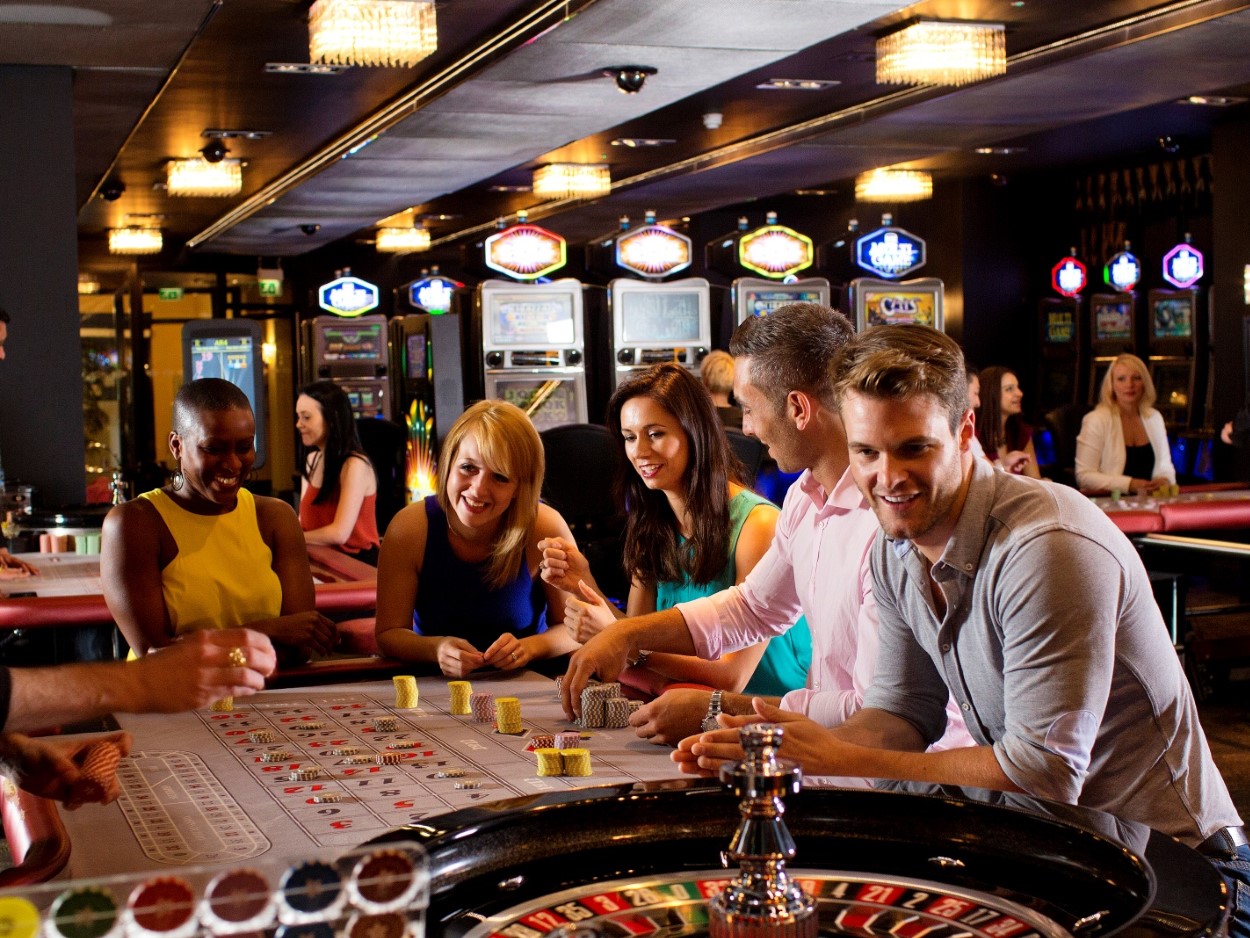
Within the dynamic and stimulating world of casinos, wherein fortune and strategy intertwine, color and aesthetic play a key role in attracting gamblers. As soon as players step into a casino or access a gaming platform, they are immersed in a sightly feast that grabs their attention and entices them to explore more. Bright colors, engaging graphics, and innovative layouts are carefully crafted to create an atmosphere of thrill and expectation, ultimately enhancing the gaming experience.
As gamblers move through the ever-changing landscape of casino games, they come across a range of designs that not only serve visual purposes but also affect feelings and decision-making. Colors like red and gold symbolize riches and fortune, while calm blues and greens can create a more relaxed environment. Understanding how these elements work together enables casinos to create an inviting and stimulating atmosphere that encourages players to interact with the games, spend additional time at the tables, and increase their overall enjoyment.
The Psychology of Color in Gambling Games
Tint plays a critical role in the creation of gambling games, affecting player emotions and responses. Vivid and striking shades, such as red and gold, are often used to stimulate thrill and draw focus. These colors create a sense pressure and vitality, encouraging players to engage more enthusiastically with the game. By thoughtfully selecting hues, creators aim to evoke feelings of satisfaction and anticipation, which can enhance the total player experience.
Various hues also have psychological connotations that can impact how gamblers perceive their odds of victory. For instance, lime is frequently associated with fortune and prosperity, making it a popular choice in activities like the roulette wheel and poker setups. MM88 This connection can result gamblers to feel more optimistic and assured in their play, ultimately motivating them to bet more. Understanding these associations allows game creators to design environments that enhance player enjoyment and engagement.
Moreover, the interface of casino game interfaces often employs color gradients and differing shades to direct players’ responses. For case, successful outcomes may be accentuated with vivid, differing hues, creating a visual cue. This approach supports positive outcomes and promotes repeated participation. By exploiting color psychology, gambling establishments can develop games that not only captivate gamblers but also keep them involved and dedicated in their play experience.
Creative Elements that Attract Players
The aesthetic appeal of gambling games is primarily influenced by the implementation of bold colors. Bright and striking colors are strategically chosen to create an appealing atmosphere that grabs interest. For instance, crimson and golden hues often signify luck and prosperity, which is why they are prevalent in the palettes of slot machines and game surfaces. These colors not only draw players in, but they also evoke emotions related to thrill and expectation, enhancing the overall gaming experience.
In addition to color, the aesthetic and layout of gambling games play a crucial role in captivating players. Games are designed to be user-friendly, ensuring that players can quickly understand the guidelines and gameplay. Accessible interfaces, along with captivating graphics and animations, help maintain gamer interest and promote extended play sessions. The physical elements, such as the texture of the controls and the sounds of the games, also contribute to a comprehensive sensory experience that keeps players immersed.
Finally, thematic elements in gaming design can greatly influence gaming decisions. Many gambling games are inspired by popular culture, myths, or adventure themes, featuring symbols and characters that connect with players. These themes create a sense of immersion and relatability, making each game feel unique. When players feel a bond to the concept, they are more likely to choose that game over others, leading to higher participation and excitement within the gambling environment. MM88
Case Studies: Effective Casino Slot Designs
One prime example of effective casino game design is the popular slot machine series based around hit movies. Games such as those based on the The Wizard of Oz and Game of Thrones utilize dynamic colors and superior graphics to engage players in recognizable narratives. The use of moving visuals and entertaining sound effects grabs the focus of players, creating an emotional connection to the theme. This strategy not just promotes longer play but also boosts the overall gaming experience, resulting in increased player retention.
Another successful case is the application of color psychology in table games like blackjack and roulette. Casinos often develop these games with rich reds and greens, colors traditionally linked with luck and wealth. For instance, the emerald felt on a 21 table provides a soothing effect, while the red accents in roulette invite thrill. This intentional use of color helps to create an inviting atmosphere that stimulates players to engage, addressing their psychological impulses and increasing their enjoyment.
Finally, social casino games that include community features and bright, colorful designs have experienced remarkable success in engaging players. Games like Zynga’s Poker and Slot-O-Mania leverage bright colors and playful animations to forge an inviting online environment. The integration of leaderboards, community sharing options, and in-app rewards encourages competition and community, drawing players in for longer sessions. Such designs not just make the games visually attractive but also emphasize social interaction, a key factor in player retention and engagement within digital casino environments.